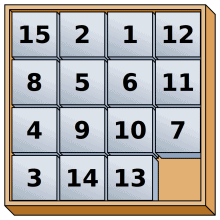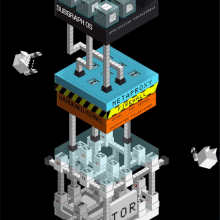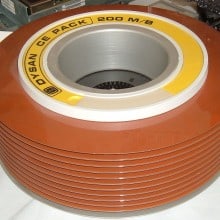How Plasma Activities Save the Desktop
Plasma Activities — virtual desktops — remind me of word processor styles. Both improve work-flow, yet few ever use them. In fact, often they are scornfully dismissed by people who have no understanding of them whatsoever. This perversity only makes acceptance of these features more difficult, especially in the case of Activities, which can be…
Continue reading →










